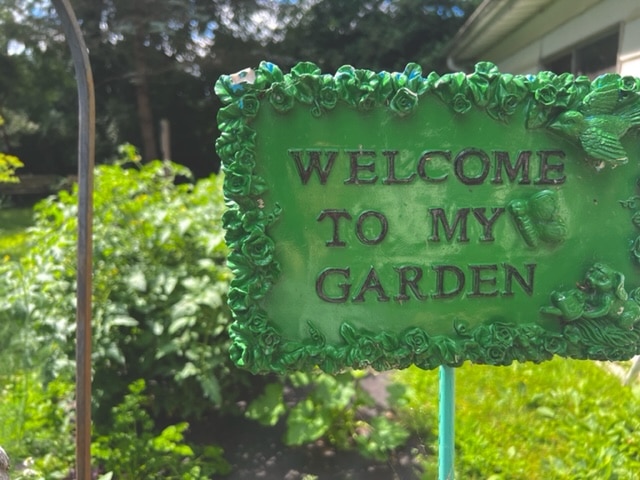Sustainable gardening is in vogue amongst garden designers and everyday green thumbs. Folks are learning to use reclaimed materials for bean poles and planters, and more people are cutting their carbon use by growing their own vegetable gardens.
Sustainable Gardening in an Urban Landscape
You’ll find most sustainable gardening advice targets folks who have their own garden or allotment. However, more of us live in urban landscapes than ever before. But sustainable gardening in an urban landscape is both possible and deeply rewarding. Beautifying a street corner or growing veggies in a mismanaged dirt lot is a great way to bring the community together and create a more pleasant, eco-friendly space. You just have to get a little creative about where and what to plant.
Walkable Community Spaces
Community spaces like parks and allotments are the lifeblood of urban spaces. Want more interested folks in gardening in their local environment? It’s time to create green, sustainable spaces in your community. Check in with your local council before starting gardens in community spaces. Getting involved with your local council’s initiatives is a great way to get their help to create more walkable communities. Many city councils today are interested in creating walkable communities, as 60% of Americans report that they want to be able to easily walk within their home neighborhoods. However, many councils lack the resources or funding to make this possible.
As a sustainability-oriented citizen, you can fill the gap by offering to volunteer your services as a gardener. You’ll likely have to submit planning, but should be able to design flower beds and borders that trail the side of community areas and paths.
When choosing a planting scheme, try to use as many native plants as possible. This will reduce upkeep and improve biodiversity. Native plants will naturally thrive in the local soil and conditions, and insects or small animals that call your urban space home will appreciate the effort to create more sustainable community spaces.
Allotments and Vegetable Patches
Allotments and community vegetable patches are fantastic additions to any urban landscape. As a green-fingered local, you will get a serious mental health boost from time spent gardening alongside your neighbors. Growing your own fruits and veggies is good for the environment, because you need much less carbon to grow and transport your own produce.
Soil quality and the general climate will dictate what you plant and where you plant it. You can find a pH reader in any garden or home store and can change the pH of your soil by using peat-free composts and mulches.
If you have alkaline soil, consider planting:
- Peas
- Broccoli
- Kale
- Lettuce
If you have more acidic soil, consider planting:
- Blueberries
- Carrots
- Pumpkins
- Potatoes
Many fruits and vegetables will grow well in soils between a pH range of 5.5 – 7, but you will get more growth from them if you are intentional about matching your soil quality with the appropriate crop.
Small Spaces
Even if you have an allotment of your own, you are probably working with limited space as an urban gardener. But working with limited space isn’t a bad thing — it’s just an extra challenge.
As a sustainability-oriented gardener, you should always seek to get the most out of the space you do have. Planting your own herbs is a great way to get more from a small space as many herbs serve multiple purposes.
One such multi-purpose herb is ginger. Ginger is proven to reduce feelings of nausea and may even be a mild anti-inflammatory. If your carrot crops produce taste-less carrots (it happens), Ginger provides a wonderful zing to them. It’s not too difficult to grow, either, and serves as a great introduction if you are new to growing herbs.
Sustainable Gardening Wrap-up
Sustainable gardening is a great way to improve your community and strengthen your local environment. Allotments are a great place to start as an urban gardener, as you can expect to receive plenty of help from your neighbors and learn more about local initiatives to beautify your street. Once you have a little experience under your belt, you can join bigger projects like urban planning and maintaining walkable communities.
About the Writer: Miles is an independent writer with a background in business and passion for sustainability, psychology, news, and simply helping people live happy and fulfilled lives. He has lived and traveled all over the United States and continues to expand his awareness and experiences. When he is not writing, he is most likely mountain biking or kicking back with a cup of tea.







